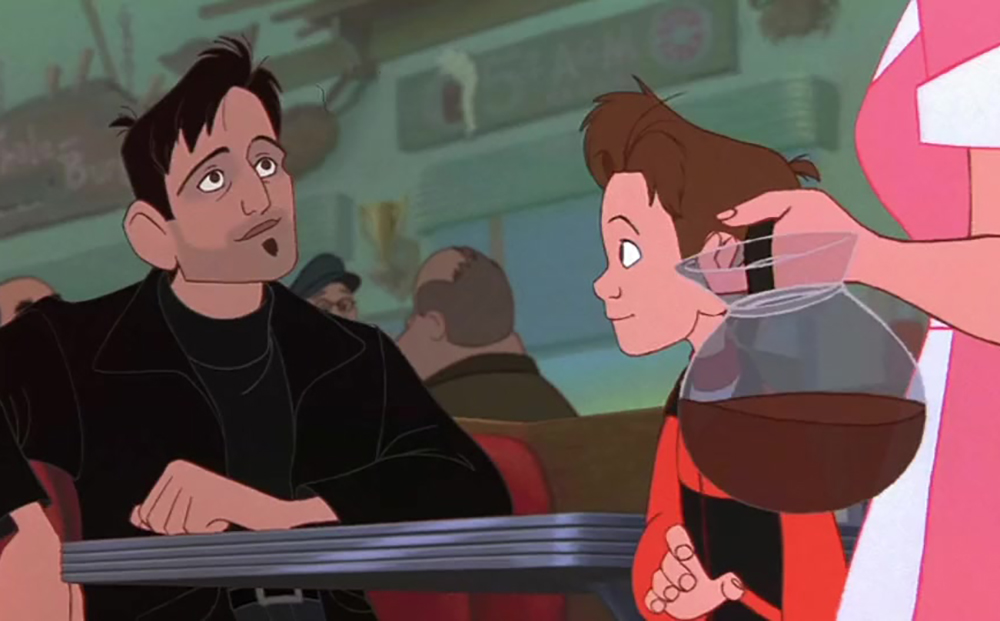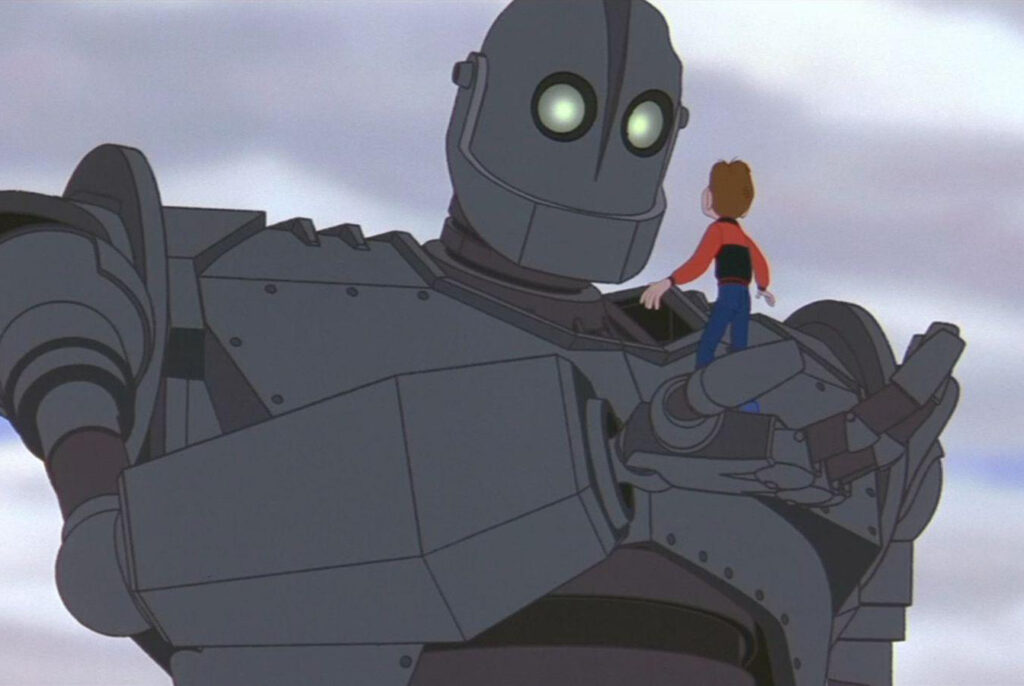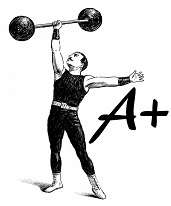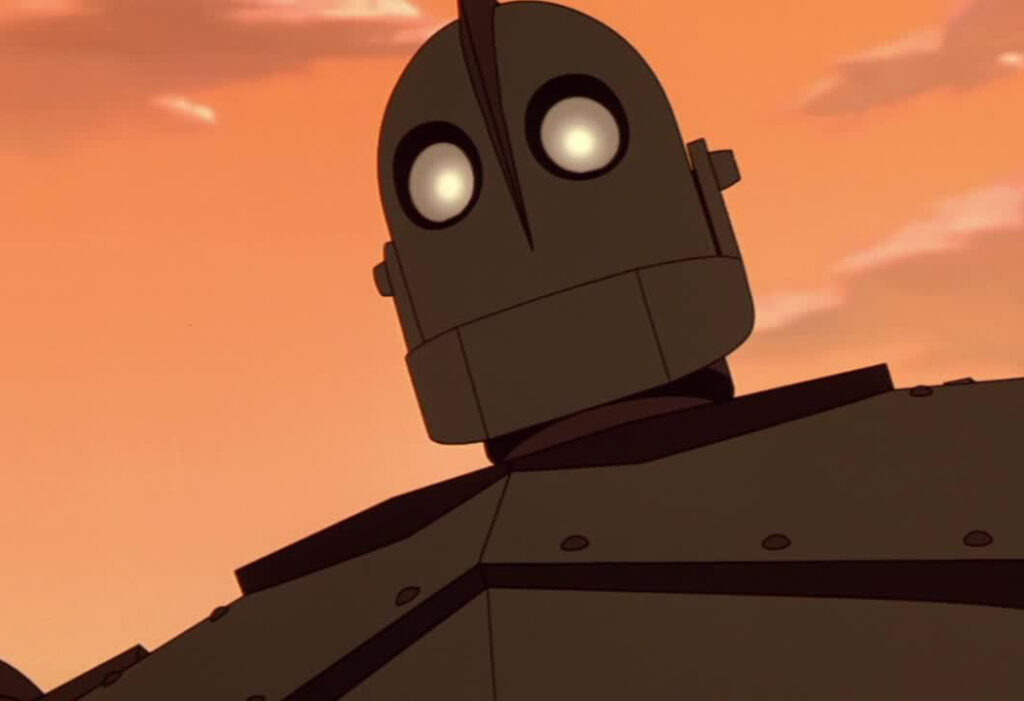Why do we watch movies?
If you’re reading this right now, the probability that you have plopped yourself down in front of a good, old-fashioned picture show at least once over the course of your days on Earth (and in all likelihood, many more times than just that) is astronomically high. I know that I certainly have.
Why is that, though? What do we glean from films that compels us so fervently to return to the copious well of cinema time and again? I suppose that question correlates intimately with philosophical musings on the relationship between human beings and the art they create. I surely do not possess the psychoanalytical acumen to contribute meaningfully to such a discussion, so I will spare all of you, my much appreciated readers, any attempt on my part to do so.
Suffice to say, movies are fun. And in rare but unforgettable instances, they transcend mere escapism and transform into something far more substantial, even culturally important. Call it movie magic or whatever else your heart desires, but when films are at their undeniable best, there is a special, soul-stirring feeling attached to them that is nearly impossible to replicate with any other storytelling medium. Enter “The Iron Giant.”
In 1999, the animated film scene was experiencing a metamorphosis of sorts brought on by the advent of computer-generated animation. Thanks in large part to Pixar and their indelible contributions to the entertainment industry, animated cinema was entering an entirely new era as the 20th Century came to a close. However, much like the throwback nature of its 1950s setting and old-school monster movie trappings, Warner Bros. chose an old-school approach to bringing “The Iron Giant” to life, utilizing traditional animation rather than computerized graphics. The result is a movie that feels altogether timeless, not only due to its visual style, but also because of its wonderful blend of humor and heart.

Brad Bird’s directorial debut is an absolute pleasure to watch from start to finish; it proves just as downright delightful today as it was 20 years ago. Its opening moments take on the form of a classic 1950s monster movie; a mysterious, unidentified object from the outer reaches of space crash lands near the coast of Maine and terrorizes a fisherman caught in a dreadful storm. Rumors of the fisherman’s encounter with the humongous alien creature sweep through the town of Rockwell and capture the imagination of a community already on edge as a result of the Cold War and all of the uncertainty involved in America’s conflict with the Soviets.
Hogarth Hughes, an exceptionally curious 9-year old living with his widowed mother, secretly ventures out into the woods one night after discovering that their television antenna has a bite out of it. He stumbles upon the titular metal behemoth at an electrical power plant, and is initially (and understandably) terrified of the giant. Hogarth, a boy desperately in need of a friend, eventually takes a liking to the big guy, who in turn reveals himself to be a tender and kind soul misconstrued as a havoc-wreaking monster due to his gargantuan stature and intimidatingly cryptic background.
The relationship that subsequently forms between Hogarth and the Iron Giant is as warm and genuine as is possible for a cinematic pairing to be. Those two characters and their unlikely bond is what fuels the movie as a whole. Each ancillary element of the film has been expertly positioned to complement that central relationship to pitch-perfect effect.

Bird and screenwriter Tim McCanlies have taken a relatively unbelievable premise inspired by the campy, low-budget creature features of Cold War-era Hollywood and spun pure gold. The script is filled to the brim with as much legitimately hysterical comedy and utterly heartrending moments of raw emotion as any animated film you’re likely to find. It’s almost startling how effective the whole thing really is. Even the most obstinately cynical viewer will be thoroughly and completely entranced by “The Iron Giant’s” charms by its triumphant finale.
This film, the authentically excellent piece of animation that it is, was a Box Office dud upon its release in 1999, a fact that is truly astounding to anyone who’s seen it. Like “Citizen Kane” (1941), “Blade Runner” (1982), and “The Shawshank Redemption” (1994) before it, “The Iron Giant” has garnered a loyal base of passionate supporters (myself among them) following a disappointing theatrical run, and it stands today as one of the animation genre’s sincerely stellar classics.
I pontificated earlier about why film has endured as one of the primarily popular and universally beloved storytelling art forms, and while one could probably surmise a fairly decent response to that postulation by way of scholarly evaluations of human nature and other forms of scientific flapdoodle, I believe one need only look to movies like “The Iron Giant” for the reason why we watch movies. At their best, they reveal to us aspects of our personal and cultural character that we were not previously aware of. They prompt us to lean into our better nature, to approach the very act of living with kindness, with curiosity, with enthusiasm. That’s the type of film Brad Bird and company created, and I am forever grateful that they did.


